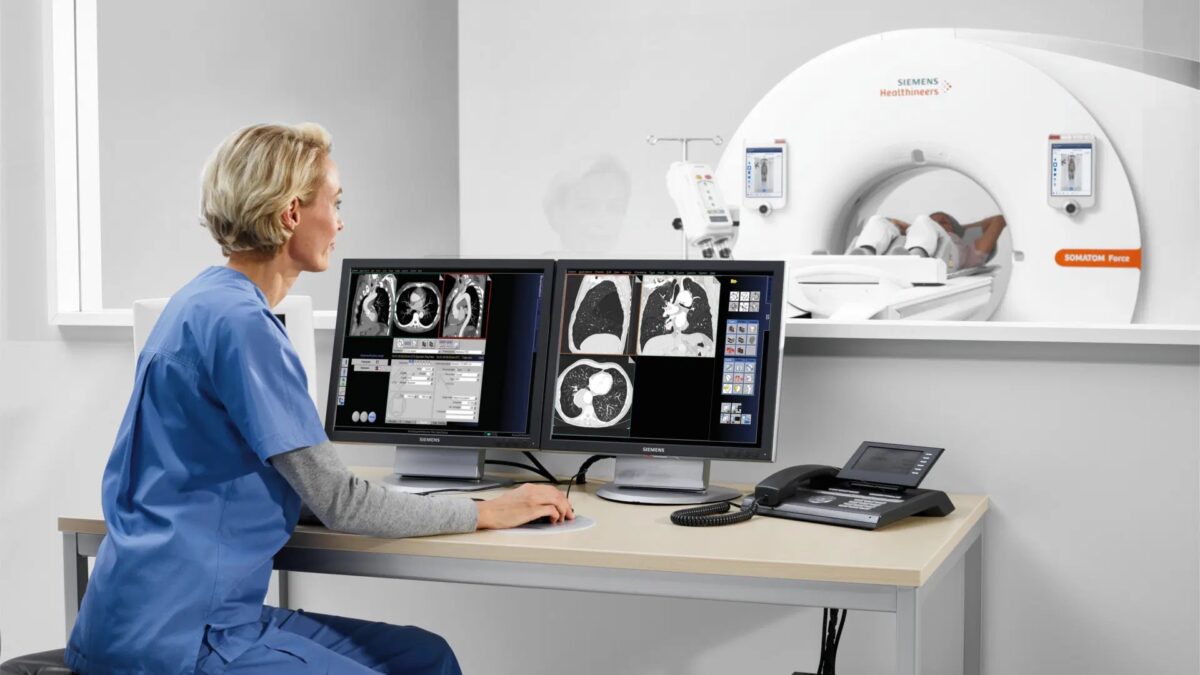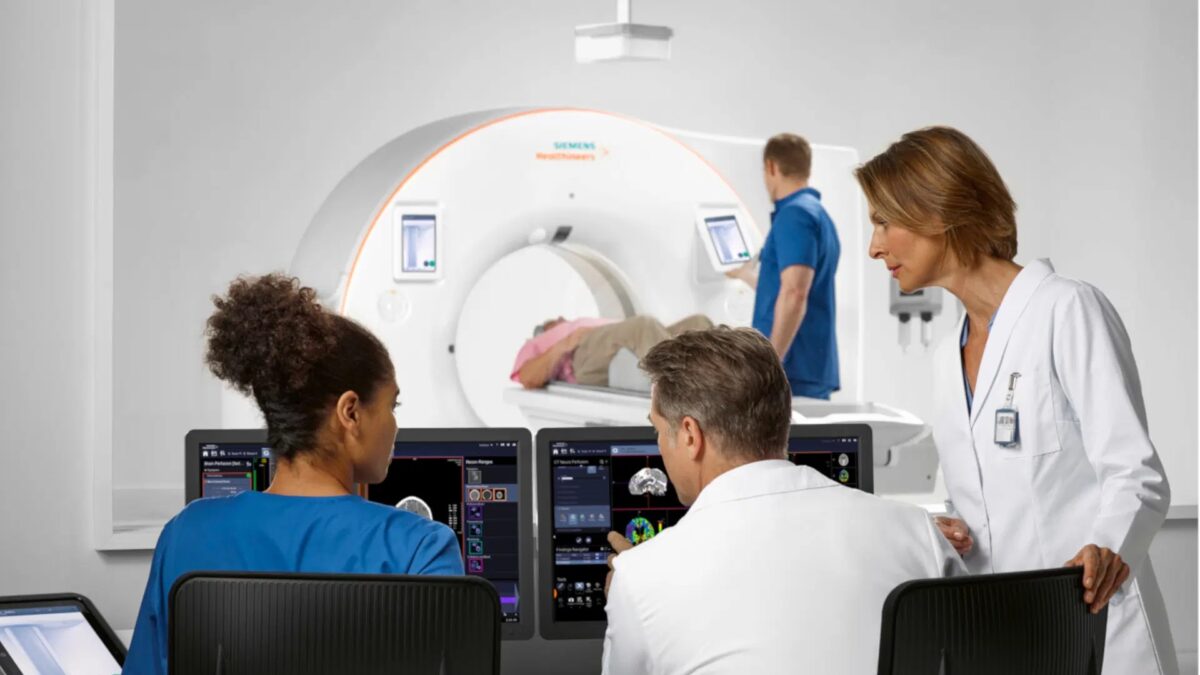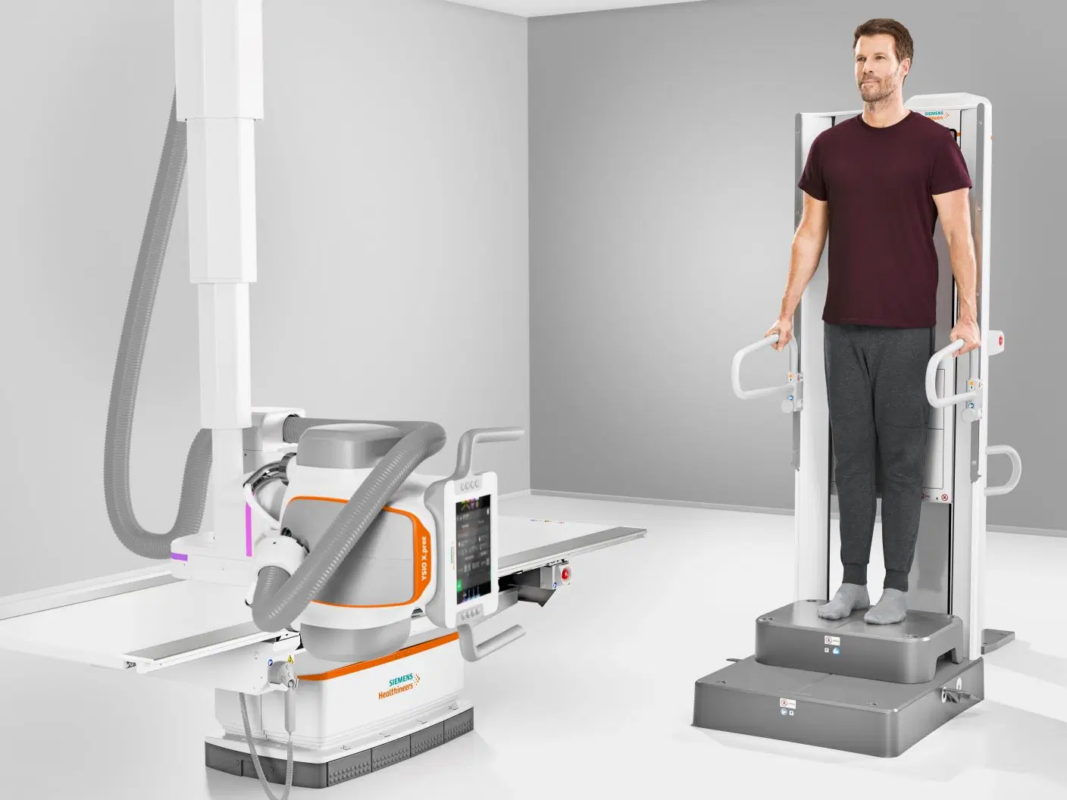CT Simulation Technology is a cornerstone of modern cancer treatment planning, providing healthcare professionals with the advanced imaging required for precise radiation therapy. High-resolution CT scanning enhances the visualization of tumors and surrounding tissues. With tailored solutions designed to meet the evolving demands of oncology, Centella delivers the technology and expertise necessary to support seamless integration into healthcare facilities. Learn more about our medical imaging solutions today.
The Role of CT Simulation Technology in Cancer Treatment
A research study examining CT simulation for prostate cancer patients highlights the importance of proper preparation in achieving accurate imaging. The study assessed 230 patients undergoing pelvic radiation, focusing on how bladder and bowel preparation influenced simulation outcomes. Only 73 (33%) patients had a successful CT simulation, highlighting the challenges of achieving optimal imaging conditions for treatment planning. These findings emphasize the need for imaging techniques to accommodate patient preparation variability and enhance the accuracy of radiation therapy planning.
CT Simulation Technology Explained: How Centella Supports Precision in Cancer Treatment Planning

Since the 1990s, CT-based simulation has been widely adopted to treat stage III non-small cell lung cancer, replacing the conventional simulator in clinical practice. As these technologies continue to be refined and implemented daily, they provide oncology teams greater precision in targeting tumors, ultimately enhancing treatment effectiveness, while maintaining workflow efficiency.
Key Components of CT Simulation for Radiation Therapy

High-Resolution Imaging for Precise Tumor Localization
Accurate tumor localization is essential for effective radiation treatments, helping determine the dose delivered and minimizing exposure to surrounding healthy tissues. The treatment planning process involves multiple steps, including patient positioning, CT data acquisition with an average of 40 cuts, physician contouring of the target organ, volume of interest, or isocenter definition, and projection of the isocenter on the patient. On average, the entire CT simulation process takes less than one hour.
The Impact of 3D Visualization on Treatment Accuracy
Three-dimensional imaging provides a more comprehensive view of tumor structures than conventional simulation. 3D volume reconstruction supports accurate positioning and immobilization, streamlining the treatment planning process by enabling rapid data acquisition and contouring of key structures. This approach allows radiation oncologists to define the isocenter either manually or through computer-calculated methods, while the functional imaging capabilities of CT technology help refine dose distribution. The use of 3D reconstruction also generates digitally reconstructed radiographs (DRRs), providing a clearer visualization of how the radiation treatments will be delivered, with the target volume superimposed on the film.
Choosing the Right Imaging Solutions for Treatment Planning

Selecting the appropriate imaging technology is essential for effective precision treatment mapping and determining precision in dose delivery while maintaining efficiency. Advances in CT imaging have replaced the conventional simulator, providing radiation oncologists with more detailed anatomical data to guide treatment decisions. Integrating specialized CT systems enhances accuracy and supports adaptive therapy.
Tailoring CT Technology to Clinical Needs
Modern CT Simulation systems are designed to meet the needs of radiation oncology by offering enhanced image quality and streamlined acquisition processes. Technologies such as multi-slice CT scanners and dual-energy imaging allow for better soft tissue contrast. Facilities considering CT upgrades can explore advanced solutions available for CT imaging in radiation therapy.
The evolution of CT-based simulation has introduced a range of imaging techniques that enhance the accuracy of treatment planning. Systems designed for radiation treatment planning now incorporate AI-assisted automation, motion management tools, and improved detector technology to refine image clarity. These innovations provide radiation oncologists and therapists with tools to address patient-specific anatomical variations.
Advancing Precision with the Right Technology

Collaboration with Siemens Healthineers for Advanced Radiotherapy Planning
As a Siemens Healthineers’ advanced partner, Centella plays a key role in providing imaging technology for radiation therapy. Their radiotherapy solutions integrate AI-driven automation and imaging precision to optimize treatment planning and execution. Innovations in motion management, dose calculation, and workflow integration contribute to more accurate and efficient patient care. These advancements help radiation oncology teams streamline their processes while maintaining consistency in imaging and treatment execution.
Centella provides imaging technology for oncology departments’ treatment planning and operational needs. Access our advanced partner Siemens Healthineers’ advanced medical imaging technologies today.
